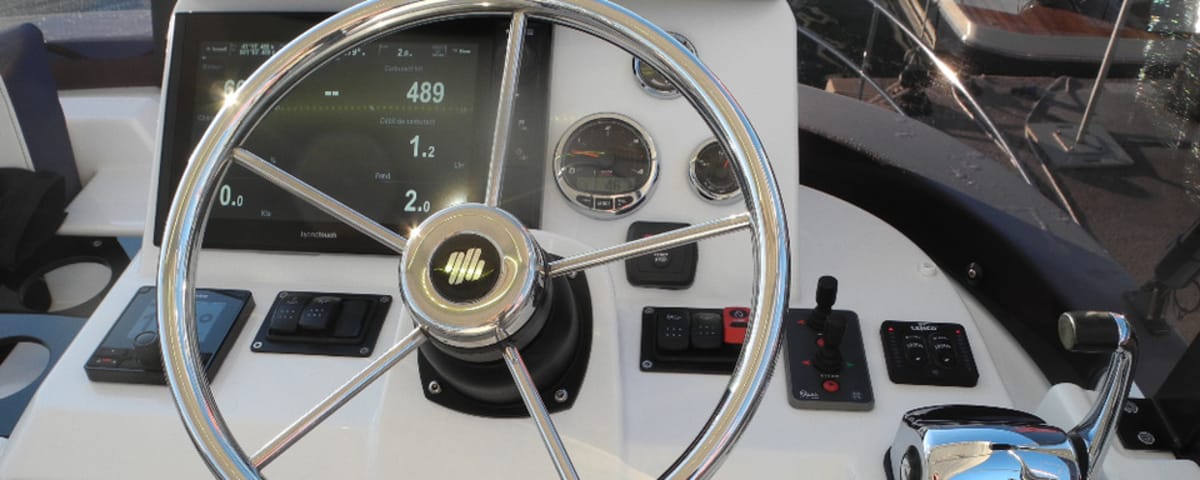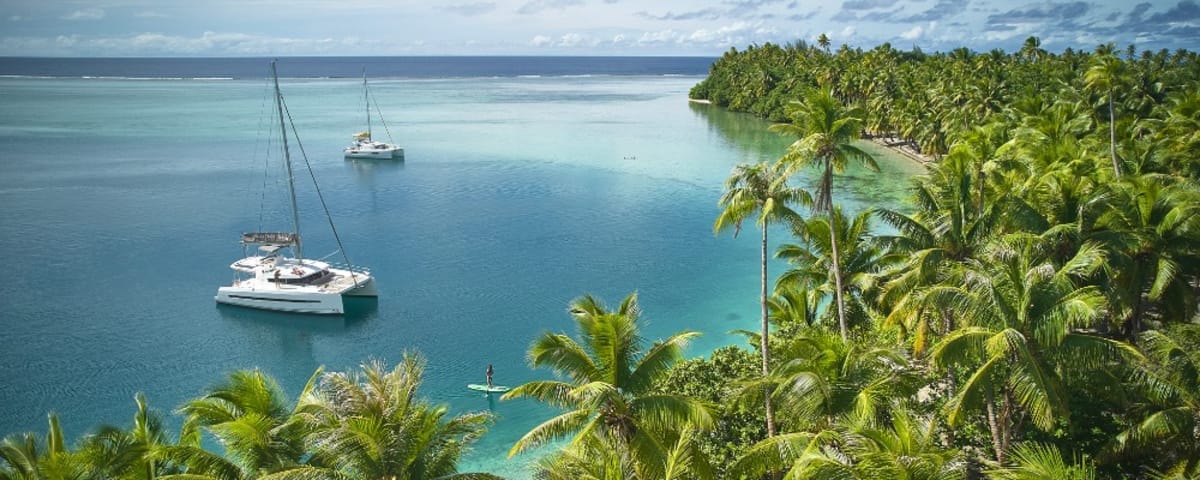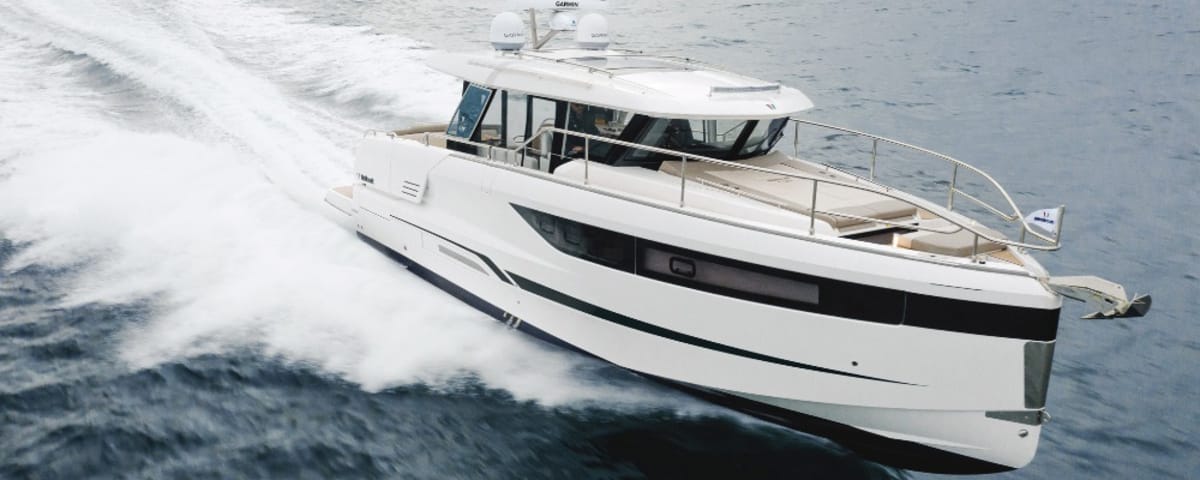Understanding NMEA Standards for Marine Electronics
The NMEA (National Marine Electronics Association) standards are crucial for ensuring interoperability between different marine electronic devices. Let’s explore the evolution and configuration of these standards.
The Origin of NMEA
The NMEA0180 standard was created in the early 1980s by the National Marine Electronics Association, an American organization. Its primary goal was to enable data exchange between devices from various manufacturers. Initially, onboard devices were limited, and data exchange functions were basic. However, the standard quickly evolved into NMEA0183 and, since the early 2000s, NMEA2000. This network is based on a CAN (Controller Area Network) bus, widely used in the automotive industry. It facilitates the transmission of data from diverse sources and brands, including GPS, navigation systems, depth sounders, autopilots, and engines. Some brands prominent in the marine industry use different names and cabling configurations for their NMEA2000 networks.
The Evolution of NMEA
NMEA0180 was soon superseded by NMEA0183. However, NMEA0183 had an installation constraint that required stripping wires and connecting them using electrical connectors. NMEA2000 offers more reliable and user-friendly solutions with numerous possibilities. These include network cables, T-connectors, and distribution boxes. These accessories, available from marine equipment suppliers, allow connecting up to 50 devices with varying transmission rates. If you have older NMEA0183 instruments that meet your needs alongside newer NMEA2000 devices, adapters are available to connect them.
Configuring an NMEA2000 Network
Understanding a few key terms is essential for configuring an NMEA2000 network. Specialists often use terminology that may be unfamiliar.
- Parameter Group Number (PGN): This refers to a group of data specified in the device’s documentation.
- Backbone: The main bus that runs throughout the boat, connecting all devices. Its maximum length is 200 meters. The backbone must always be terminated with resistors at each end. An NMEA2000 network requires a 12-volt power supply, preferably located in the middle of the backbone for optimal electrical balance.
- Load Equivalency Number (LEN): The LEN indicates the device’s power consumption. One LEN is equivalent to 50 mA. For example, a device consuming 200 mA has a LEN of 4. An NMEA2000 network is rated for a maximum of 60 LEN (3 amps).
For most recreational boats, a 200-meter backbone is sufficient. Devices are connected to the backbone using drop cables, with a maximum length of 6 meters.
While the NMEA2000 network is standardized in terms of connectivity, different device manufacturers may use different names. For example, Raymarine uses SeaTalkNG (STNG), Navico uses Micro-c, and Furuno uses CAN. To connect NMEA0183 to NMEA2000, a converter is required, configured according to the data transmission speed.
DIY Installation for Boaters
Boaters can often install NMEA2000 networks themselves by running a main cable and planning the connections to devices. The NMEA2000 standard specifies three cable sizes based on current requirements: Medium, Micro, and Mini. Medium and Mini cables are for larger vessels requiring 8 amps and network lengths exceeding 200 meters. Micro cables, supporting 4 amps, a 100-meter backbone, and 50 device connections, are suitable for most recreational boats.
Towards a New Standard: NMEA OneNet
The emerging OneNet system is based on Ethernet, a familiar technology in computer networking. However, it is not intended to replace NMEA2000 but to complement it by enabling high-speed data transfer. This system is currently under development.
Final Thoughts
When purchasing new devices, opt for those with NMEA2000 compatibility. If you have older NMEA0183 devices, rest assured that they can be connected to the network. With data sharing via NMEA2000, dedicated instruments like depth sounders, GPS units, and engine controls are becoming obsolete. All displays connected to the bus become multifunction displays, customizable based on needs and budget, regardless of brand. Common data points include depth, wind speed and direction, boat speed, engine data (oil pressure, temperature, RPM), tank levels (water, fuel), and lighting controls. The possibilities are vast, limited only by devices with high data transmission requirements, such as video. Data on the bus can be viewed on dedicated NMEA displays or even on a computer.
With NMEA2000, it’s easier than ever to integrate and manage your boat’s electronics.
Enjoyed this post by Thibault Helle? Subscribe for more insights and updates straight from the source.


